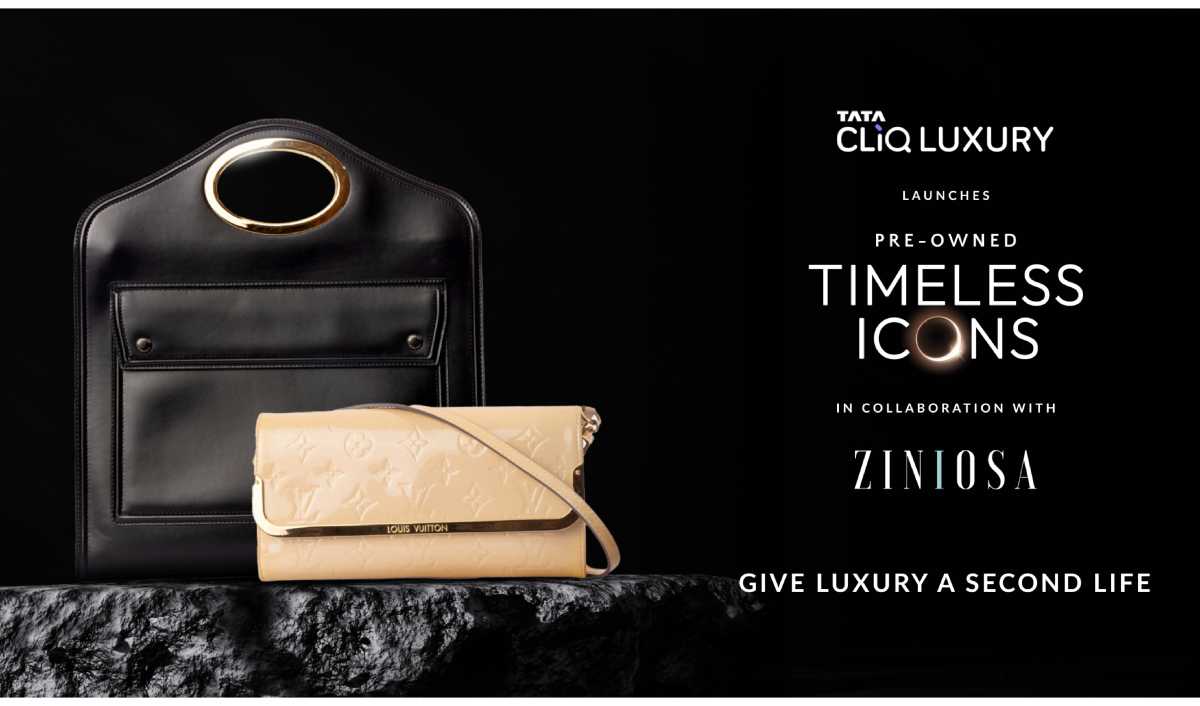
Capsule collections were originally popularised by Donna Karan in the 1980s. The idea was to create a capsule wardrobe that features only the most essential or influential pieces from a collection. A capsule collection is essentially a condensed version of a designer’s vision, often limited edition, which transcends seasons and trends by being functional — read commercial. They often focus on construction and delivering key looks, without the styling and theatrics of a show. Why retailers are pretty cool with capsule collections
Limit your supply and the demand grows!
This is where the art of marketing lies and this is what seamlessly suits the nature of capsule collection – a practice that the licensing fraternity is swearing by these days. Research has proved that the practice of capsule collection works well with private label brands that are 10-15% more profitable than wholesale lines. In fact, departmental stores and retailers often work with famous designers, celebrities and entertainment properties to carve a niche for themselves, increase their appeal, attract more consumers and thereby increase retail sales through this method. Now, with ONLY launching a collection for Marvel, Popeye, etc., Veromoda doing a capsule for Mickey Mouse, and Forever 21 launching its Coca-Cola collection, the trend of licensed capsule collection seems to be far from over. As Sumit Dhingra, Vice President and CEO – Arrow, Aeropostale and Izod (India), Arvind Lifestyle Brands Ltd., puts it, “Doing a capsule collection works very well with consumers and it is a good way to marry two great brands wherein success of one brand brings in success for the other brand too. It helps them reach new consumers and amplify the values which both the brands share.”
An Attractive Business Proposition Often touted as a marketing strategy, capsule collection has become the most preferred mode of licensing established retailers. For instance, the Puma capsule collection for Ferrari or the fast fashion brand H & M launching a limited edition collection with Karl Lagerfeld, etc. While the idea here is to not just offer consumers a great product, it also acts as a win-win situation for both the licensor as well as the licensee. And it is the retailers who opt for such associations most of the times. Jiggy George, Head of LIMA India and co-founder & MD of Mojostar, says, “Capsule collections are a great intersection of fashion and licensing, leveraging best of both the worlds. With greater focus on private brands, capsule collections are allowing retailers to bring the latest from the world of entertainment and lifestyle into the world of fashion. This not only gives them the opportunity to tap into hot trends but also offers loyal customers unique collections that echo international trends.” Dream Theatre has had two sellout capsule collections with Pokemon and Smiley with Jack and Jones and ONLY. Touting capsule collections as a strategy to create buzz amongst the consumers alongside banking on the fandom of the intellectual property (IP). Anand Dubey, General Manager–Bradford License India, states, “Capsule collection is more about a stimulus rather than creating a separate identity for a brand.”
An Edge over Conventional Collection Generally carried out for apparel, capsule collections offer an edge over the conventional ones in a way that the former is a minuscule of the entire collection, whereas the latter has to be launched in the form of an entire end-to-end range. While conventional licensing agreements offer a wider spectrum for licensees, with comparatively longer duration, in case of capsule collection the duration range somewhere between six months to a year or two seasons. “The royalty rate is comparatively higher in case of capsule collection, somewhere around 10 – 12%. It goes even higher in case of brands like Ferrari,” informs Dubey. An additional advantage of capsule collection is that a licensee is entitled to launch even a few pieces – as minimum as one.
For instance, Mango did a limited edition capsule collection with Art Ask Agency and launched just one Freida Kahlo T-shirt. However, in case of a full-fledged licensed collection, there is a lower limit of at least 90 SKUs. Clearly, licensed capsule collections are gaining popularity among the licensing fraternity. Therefore, for brands that have limited production capacity, but have tremendous potential to come up with quality and long-lasting products, they can make use of the capsule strategy to mark a presence in the industry and then slowly compete with the leading players in the same industry once they have a huge consumer base.
Copyright © 2009 - 2024 License India.















